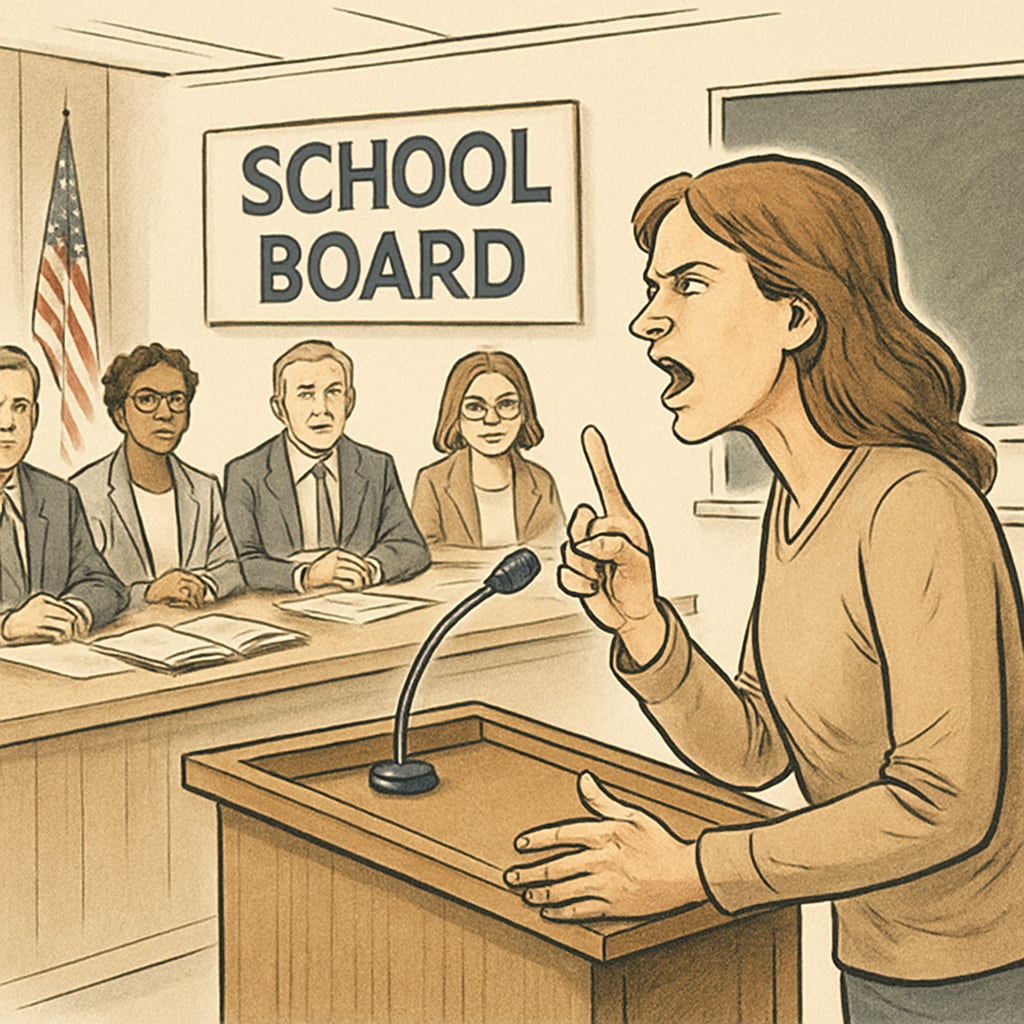The recent uproar in a small town in Maine has reignited a critical conversation about the responsibilities of school boards and the processes by which members are vetted. At the center of the controversy is the appointment of an individual with a history of violent crime to the school board, raising concerns about school board safety, child abuse prevention, and the role of community action in safeguarding educational environments. This incident has led to nationwide debates over governance, safety, and how communities can balance second chances with the imperative to protect children.
Balancing Governance and Accountability
School boards play a pivotal role in shaping educational policies and overseeing the wellbeing of students. However, the recent case in Maine underscores the need for rigorous vetting processes for board members, especially when children’s safety is at stake. Critics argue that appointing individuals with a history of violent crime to these roles, regardless of rehabilitation, undermines public trust and jeopardizes the moral integrity of educational governance.
Governance experts suggest that background checks must extend beyond basic criminal record reviews to include consultations with local law enforcement and community groups. For instance, states like California have implemented comprehensive background screenings for school board candidates, ensuring that those with prior offenses are scrutinized before assuming positions of authority.

Community Action and Its Role in School Board Safety
Community involvement remains a cornerstone of democratic governance, particularly in education. In the Maine case, the protests highlight how local communities can mobilize to express concerns about governance and safety. The movement has sparked discussions about the extent to which community voices should influence school board appointments and the processes for removing members deemed unfit for service.
Furthermore, community-led initiatives could play a significant role in ensuring accountability. For example, establishing independent review panels composed of parents, educators, and legal experts could help assess the suitability of school board candidates. These panels would ensure that decisions are not solely left to electoral processes, which may overlook critical issues of character and history.

Proposed Reforms: A Path Forward
To address the broader issues highlighted by this case, several reforms have been proposed:
- Mandatory Background Checks: All school board candidates should undergo detailed criminal background screenings, including violent crime history, to determine their suitability for leadership roles.
- Community Review Boards: Establishing independent panels to evaluate candidates’ qualifications and ethical standards could enhance accountability.
- Transparency in Appointments: Local governments should make the vetting process for school board members public, allowing community members to provide input or raise concerns.
- Education and Rehabilitation Programs: For individuals with criminal histories, participation in rehabilitation programs should be a prerequisite for any leadership role in schools.
These measures aim to strike a balance between offering second chances and ensuring the safety of students and staff. While individuals with criminal histories should not be automatically disqualified from public service, their appointments to roles directly impacting children must be carefully evaluated.
Conclusion: Striking the Right Balance
The protests in Maine have illuminated the complex tensions between second chances and the paramount need to protect children. While society values rehabilitation and reintegration, these principles must not come at the expense of student safety and community trust. By implementing rigorous background checks, establishing community review panels, and enhancing transparency, school boards can regain both the trust and support of the communities they serve. As the nation continues to debate these issues, it is clear that both governance and safety must be treated as inseparable priorities.
Ultimately, this case serves as a reminder of the critical role that community action plays in shaping educational policy. By remaining engaged and vigilant, communities can ensure that the individuals entrusted with shaping the future of education are held to the highest ethical and moral standards.
Readability guidance: The article uses short paragraphs, lists to summarize key points, and a balanced approach to active and passive voice. Transitions such as “however,” “therefore,” and “for example” have been used for seamless flow.


